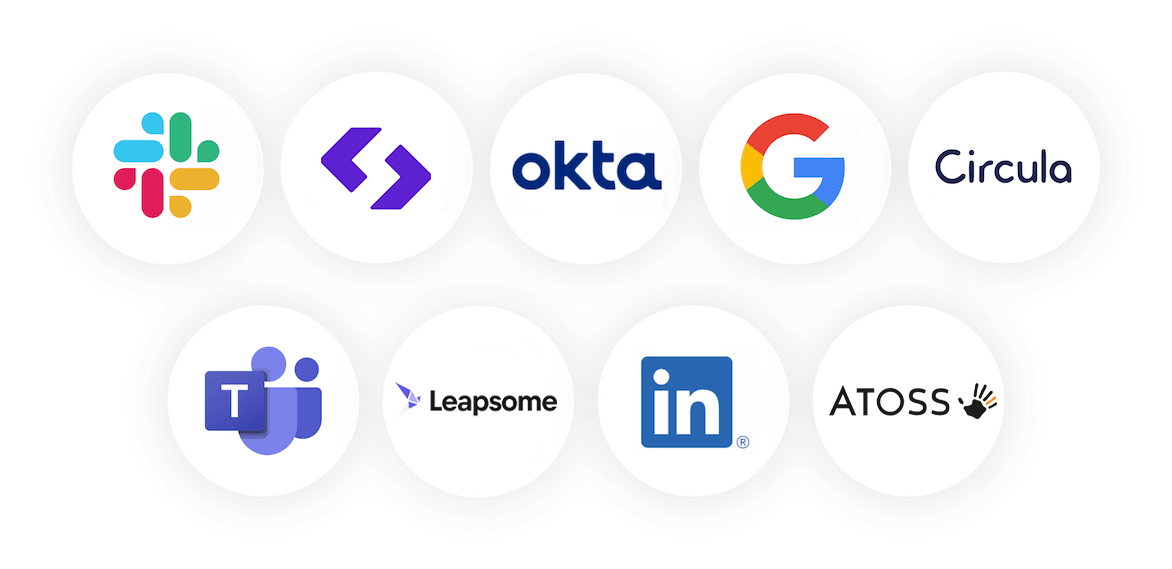4. April 2024
How the payroll experience is changing, according to experts

What was your experience of getting paid when you first entered the workforce? Was it difficult to get your hands on vital financial documents such as your P60 or P45 (RIP if you live in Ireland)? With the advent of better banking and financial apps, there’s no doubt that employee expectations around getting paid have completely changed.
In 2024, the process of running payroll needs to be user-friendly and accurate for employees, with a self-service element as a standard. For HR and finance teams, it needs to be efficient and the system used to process payroll must be able to automatically pull the most up-to-date employee information.
“These shifts are all examples of the need for a wider, more agile set of employee-centric thinking and capabilities that support the need for more speed, accuracy and transparency in the payroll function,” says Derek Bruce, HR & Operations Director of First Aid at Work Course.
We spoke to three experts in order to delve into the intricacies of how payroll has changed, what employees currently expect and what they will inevitably come to expect of their payroll experience in the future.
1. You must provide self-service options
A huge source of employee frustration is having no self-service payroll options, says Rebecca Russell, UK Payroll Expert at PayFit: “Imagine sending your overtime and expenses to an email address, with no idea if it will be in your next payslip or not. You can’t budget for the following month.” Providing access to payroll information both allows employees to control their payroll documents and reduces the burden on payroll teams.
Jessica Bane, Operations Director at GoPromotional agrees: “Improving the payroll experience is all about making it user-friendly, transparent and prompt. Organisations can simplify payslips to make it easier for employees to understand or offer self-service portals to flag issues or access payroll information independently.” This prompt resolution of issues and personalised communication can also enhance the payroll experience for your employees.
2. Employees expect to see real-time changes
Employees want to see their pay change in real time, says Rebecca. For example, they may have received a promotion at work, but aren’t sure if the payroll team is aware of it. “Being able to view their payslip in real-time gives them access to check their payroll information before they're paid, avoiding any errors or corrections.” For this, organisations need to opt for an evolving payroll solution: “We need to welcome new cloud-based software that stays up to date with the latest technological trends.”
This is also something that may even benefit your organisation’s financial health, says Derek: “The use of real-time payroll data is another by-product of the need to build stronger cash flow management strategies. Real-time access to payroll information and bank accounts allows your business to assess their cash inflow against their commitments on a contingent basis.”
Connect your HR data to your favourite apps

Choose from over 200 integrations and transform your fragmented processes into automated workflows.
Visit our marketplace3. Seamless inter-departmental collaboration is vital
As an HR and payroll manager of a first aid at work training course provider in the UK, Derek says he has witnessed what he calls ‘the payroll evolution’ over the last number of years. And this push towards providing real-time payroll information is having an unexpected but hugely positive impact on inter-department collaboration:
“It’s stimulating demands for some units of strategic HR, planning, finance, IT and operations departments to work closely with their HR and payroll counterparts, in order that the data from pay can be fed into other, more long-term financial planning and reporting requirements.”
4. Accuracy and timing is everything to employees
Over the past few years, there’s been a significant shift in employees’ expectations of payroll, says Jessica. They crave transparency, swiftness and precision. This has been fuelled by technological advancements in the financial world, including mobile banking and instantaneous digital transactions: “Now, employees want visibility into their paid amounts, withholdings and any deductions. They demand instant rewards and payment corrections too.”
This technology not only helps to grow employee satisfaction but it also helps with overall payroll accuracy, according to Jessica: “They can check their pay stubs, plan their tax withholdings or track their time off and overtime in one go, which eliminates numerous discrepancies and misunderstandings.”
5. Having the right technology in place is key
Technology plays an integral role in eliminating payroll frustrations, Jessica says: “Modern payroll systems can leverage integrations that not only automate processes for efficiency and accuracy but also provide real-time access for employees to manage and track their payroll details.”
She believes that we’ll continue to see employees demanding even more transparency, speed and flexibility in payroll, especially with a growing gig economy and remote work: “Businesses will need to have reliable, robust systems capable of handling varied employee profiles and contracts, instant payments and transparent policies. They will also need to keep abreast of regional legislation changes relating to compensation to meet those new expectations.”
Undoubtedly, your employees now expect a seamless, accurate and efficient payroll experience. If you’re looking to ensure that your payroll information is always up to date with the latest employee data updates in your HRIS, take a look at payroll integrations.
Want to create a seamless employee experience using smarter tools? Join us for our upcoming webinar with PayFit: How to pave the foundations for your HR tech ecosystem on Thursday May 2nd. Save your space here.

Hannah Popham
Hannah is a Senior Content Marketing Manager at Personio. She loves writing about the ever-changing ways that we work and how they intersect with our lives outside work.

